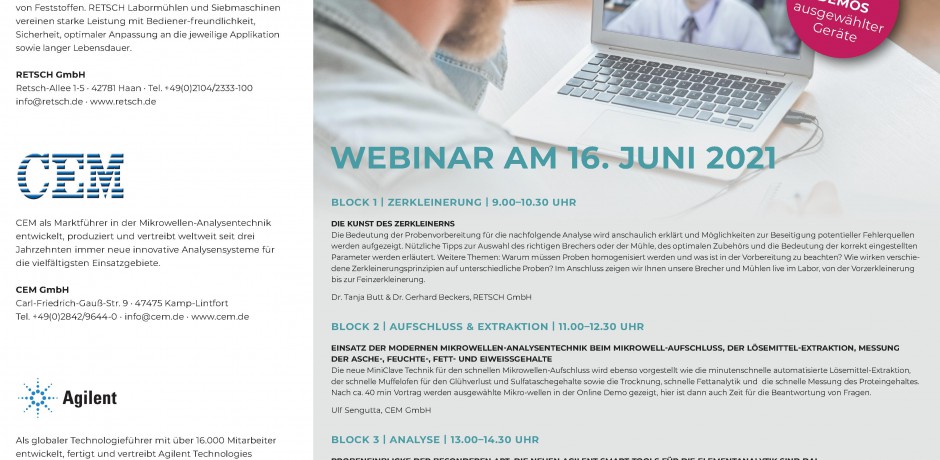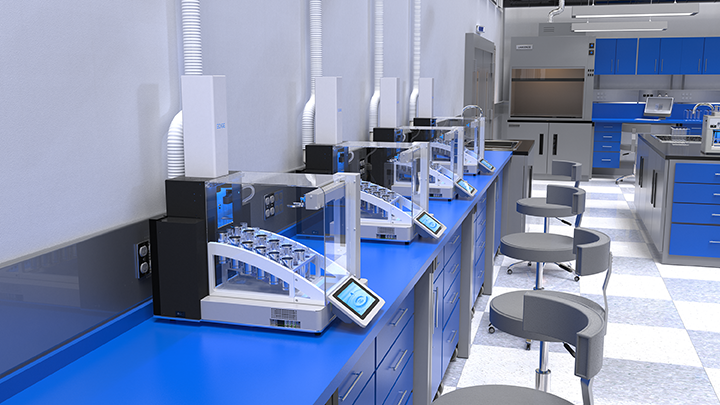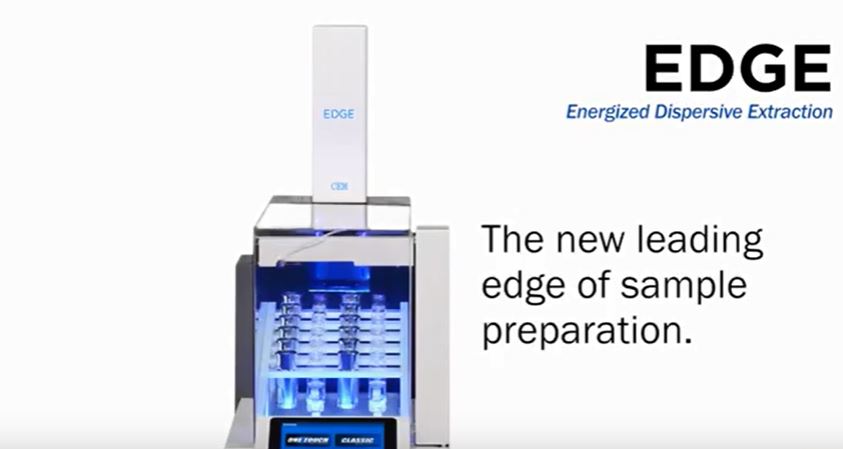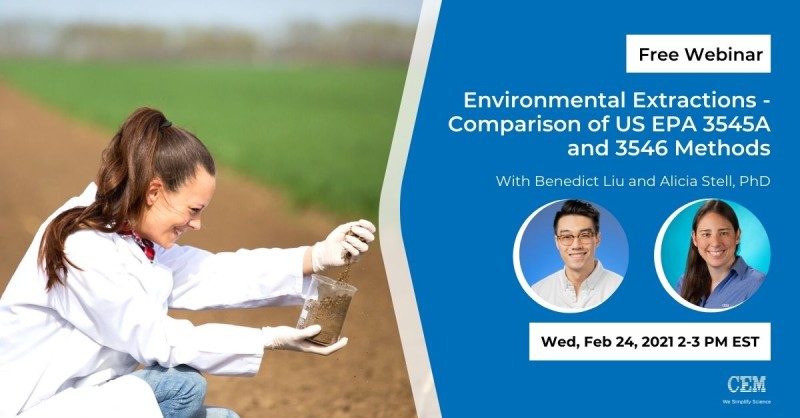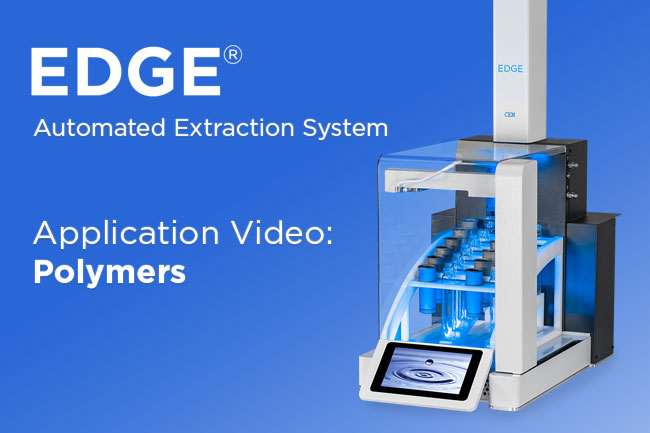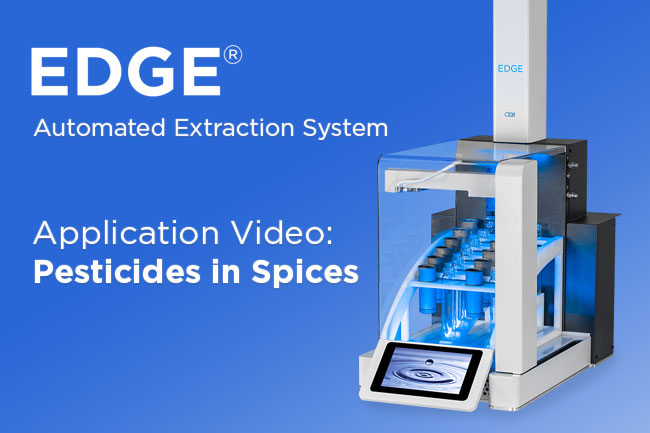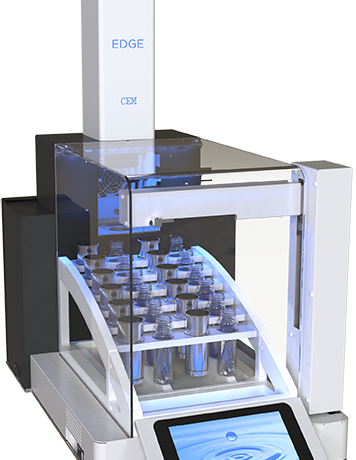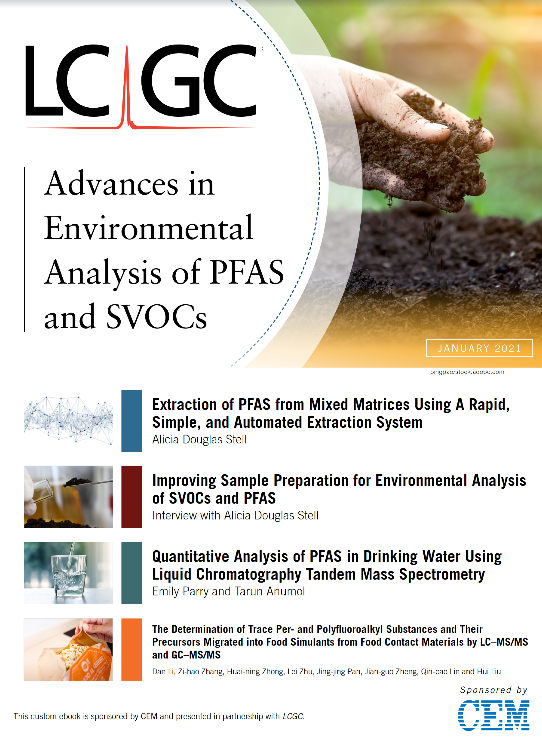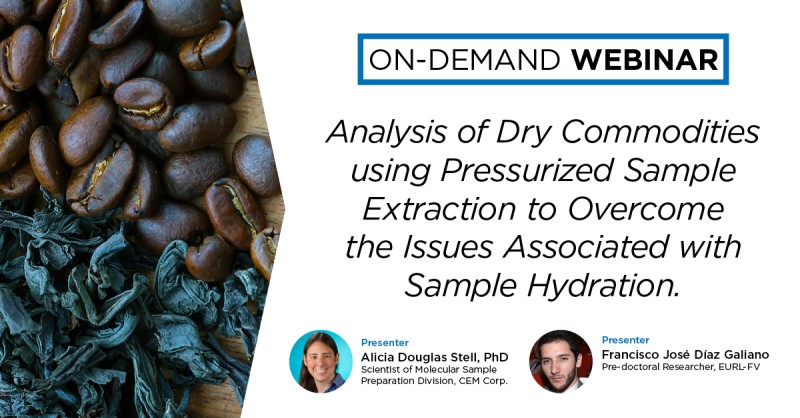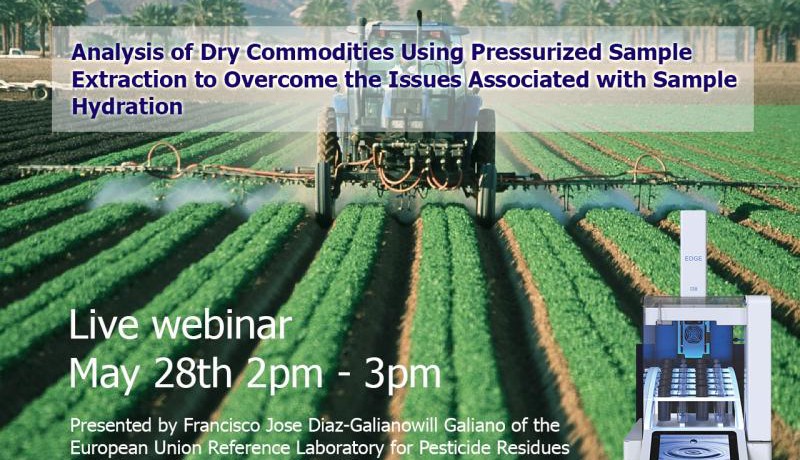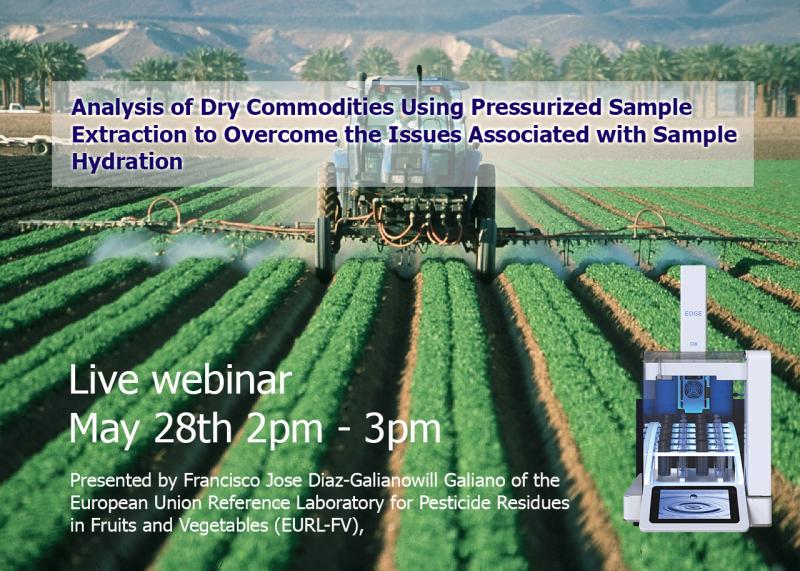Tag: Lösemittel Extraktion
Lösemittel-Extraktionen im MARS und EDGE
Soils and river sediments were frozen and freezedried at ETH Zürich. Soils were sieved, and the fraction <2 mm was used for further analysis. Analytical techniques for brGDGT analyses follow Hopmans et al. (2016) and Freymond et al. (2017) and are summarized here with a detailed description in the supporting information. Briey, between 2 and 3 g of the soil samples and around 20 g of the river sediments were
extracted with solvents in a microwave or an automated extraction system. After purification via column chromatography and preltration, the GDGT distributions were analyzed by high performance liquid chromatography mass spectrometry (HPLC MS) at ETH Zürich.
Extraktion mit dem MARS und EDGE:
Lipids were extracted from dried soil samples using a microwave (CEM MARS5) or an Energized Dispersive Guided Extraction (CEM EDGE) system. No difference in performance was observed for the different extraction systems. Samples were processed in batches of roughly 15 to 20 g of material. For microwave extraction the samples were transferred to the extraction vessels and covered by a dichloromethane (DCM):methanol (MeOH) 9:1 (v/v, 25 ml) solvent mixture. Extraction temperature was programmed to ramp to 100 ◦C in 35 min and is subsequently held for 20 min. For EDGE extraction 25 ml DCM:MeOH 9:1105 (v/v) was used for extraction at 110 ◦C for 2 min and subsequent rinsing with 15 ml followed by a second extraction with 5 ml of solvent at100 ◦C and rinsing with35ml. The process was repeated on additional samplebatches to yield sufficient quantities of the target lipid compounds for 14C analysis. Pooled extracts were then dried under nitrogen flow.
Mittwoch, 24.2.2021 um 14.00 Uhr
Soil is one of the most common matrices in which semi-volatile organic compounds (SVOCs) are present. The extraction of these compounds from soil can be a lengthy and tedious process. Pressurized Fluid Extraction on the EDGE and Microwave Assisted Solvent Extraction (MASE) on the MARS 6 are proven techniques that are fast, simple, and efficient. EDGE is ideal for difficult samples while MARS 6 is ideal for high throughput labs dealing with hundreds of samples per day. Adhering to US EPA 3545A the EDGE offers a rapid automated process that yields a filtered sample. Adhering to US EPA 3546, the MARS 6 also offers an efficient extraction of up to 24 samples simultaneously. These two techniques offers solutions for rapid, simple and efficient extraction of SVOCs from soil. Join CEM’s Benedict Liu and Alicia Douglas Stell, PhD as they compare two methods for extraction of SVOCs from soil and discuss how each system can benefit your lab.
Registrieren Sie sich und nehmen Sie an der Live-Fragerunde teil
Das automatisierte Lösemittel-Extraktionssystem EDGE extrahiert schnell und einfach Pestizide und flüchtige Verbindungen (SVCO) aus Boden und analogen Umweltproben. Die Detektion erfolgt mit GC-MS.
Es können auch Klärschlämme, Abfälle, Kompost, Filter etc. untersucht werden. Als Analyten werden typischerweise PAKs, PCB, EOX, Dioxine und Furane im Routineeinsatz untersucht.
Das automatisierte Lösemittel-Extraktionssystem EDGE extrahiert schnell und einfach Inhaltsstoffe aus Polymeren. Dazu wird das schnelle Aufkonzentrieren im Q-Dry vorgestellt. Folgende Inhaltsstoffe werden untersucht: Butylhydroxytoluol (BHT), Erucamid, Irganox und Irgafos.
Sehen Sie hier den Film zur gesamten Analyse
Das automatisierte Lösemittel-Extraktionssystem EDGE extrahiert schnell und einfach Pestizide aus Gewürzen. Die Detektion erfolgt mit LC-MS. Folgende Gewürze werden untersucht: Zimt, Schwarzer Pfeffer, Oregano und Paprika.
Sehen Sie hier den Film zur gesamten Analyse
Neues Verfahren zur Analyse von perfluorierten Substanzen (PFAS, PFA, PFT, PFOA)
In den letzten Monaten haben PFAS (Per- und Polyfluoralkylsubstanzen) viel Aufmerksamkeit in den Medien erhalten. PFAS werden aufgrund ihrer Öl-, Wasser-, Temperatur-, chemischen und Feuerbeständigkeitseigenschaften bei der Herstellung einer Vielzahl von Produkten verwendet. Aufgrund ihrer chemischen Stabilität werden diese „für immer Chemikalien“ in Produkten verwendet, die von Antihaft-Kochgeschirr über elektronische Geräte bis hin zu emissionsarmen Automobilen reichen. Da diese Gegenstände entsorgt werden, verschmutzen die PFAS und sammeln sich in Böden und Wasservorräten an. Menschen, die diesen persistenten Chemikalien ausgesetzt sind, können zu Auswirkungen auf das Immunsystem, Krebs, Schilddrüsenstörungen und anderen Krankheiten führen. Eine Sanierung von PFAS kontaminierten Böden ist größtenteils nicht möglich, daher ist eine genaue Analyse von PFAS für die öffentliche Sicherheit von entscheidender Bedeutung.
Im Labor ist die PFAS-Analyse schwierig, da PFAS-freie Komponenten für eine genaue Analyse unerlässlich sind. Von Probenhomogenisierungsgeräten über Extraktionssysteme bis hin zu Flüssigkeitschromatographie-Systemen muss alles PFAS-frei sein. CEM hat mit dem EDGE ein Extraktionssystem entwickelt, welches Extraktionsprotokolle für eine Vielzahl von Matrices enthält und dafür aus fluorfreien Komponenten gebaut wurde. Die Extraktion verläuft schnell und ist ganz einfach zu handhaben.
Download für das kostenfreie e-Book „Advances in Environmental Analysis of PFAS and SVOC“
Pestizid-Analytik
Führen Sie derzeit eine QuECHERS Extraktion zur Pestizid-Analytik durch? Erfahren Sie von unserem Gastredner Dr. Francisco José Diaz-Galiano, einem Forscher der EURL-FV und Dr. Alicia Stell darüber, wie sie offizielle Methoden entwickeln, um Pestizide aus Lebensmittelmatrices zu extrahieren. Dabei kommt ein automatisiertes Extraktionssystem zum Einsatz, um die Extraktion und Reinigung bei Bedarf in einem einzigen automatisierten Schritt durchzuführen.
Registrieren Sie sich hier: https://cem.com/en/cem-s-contribution-for-eprw-2020-at-home
Analysis of Dry Commodities Using Pressurized Sample Extraction to Overcome the Issues Associated with Sample Hydration
CEM ist Teil der EPRW 2020 – AT HOME.
Für einen Live-Überblick über die wissenschaftlichen Beiträge von CEM laden wir Sie ein, am 28.05.2005 um 14:00 Uhr am Webinar teilzunehmen.
Info und Anmeldung

